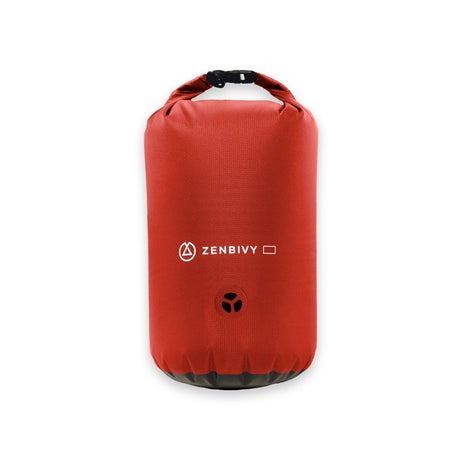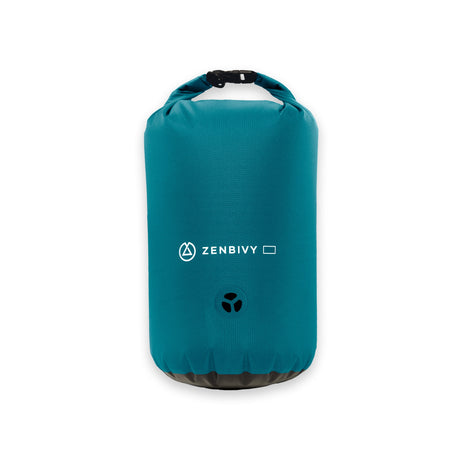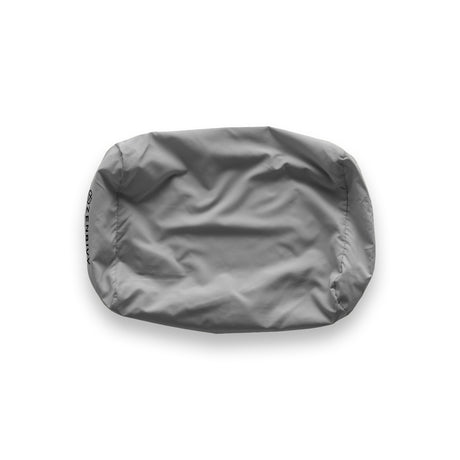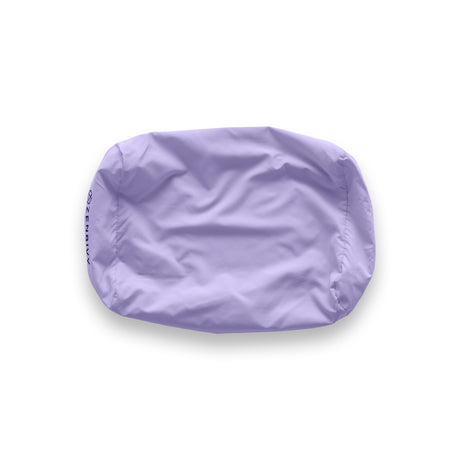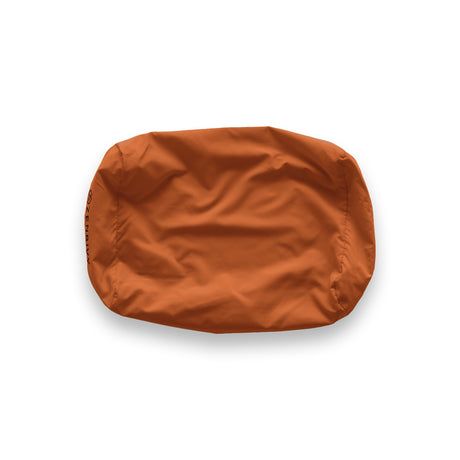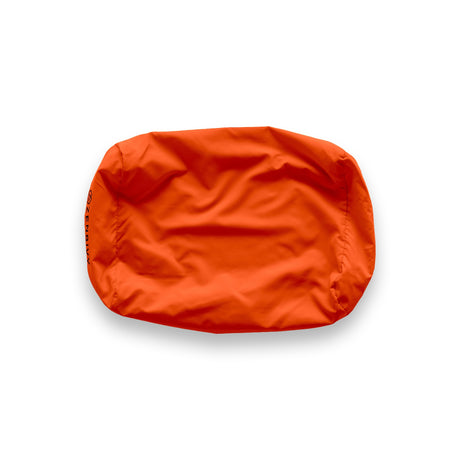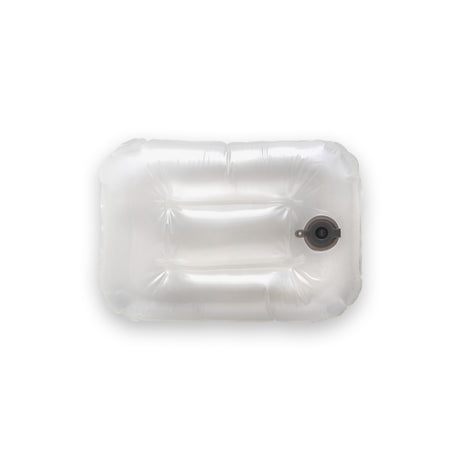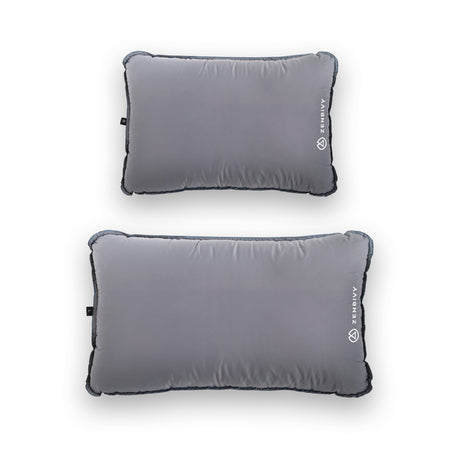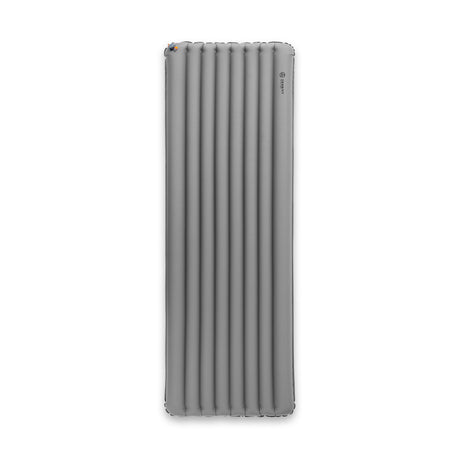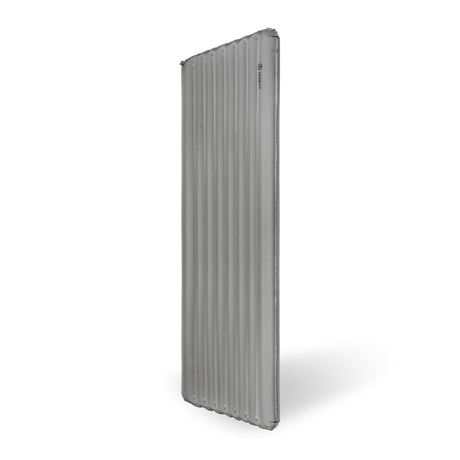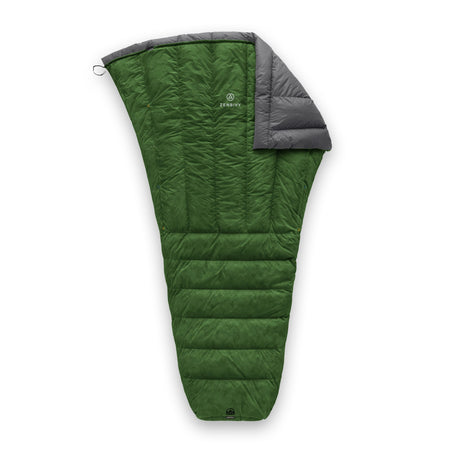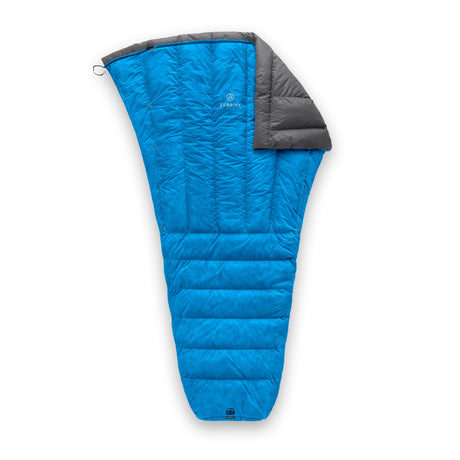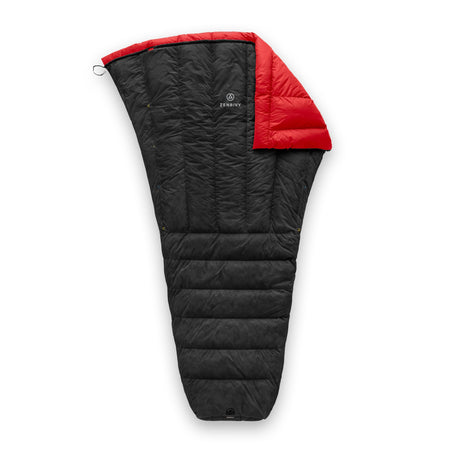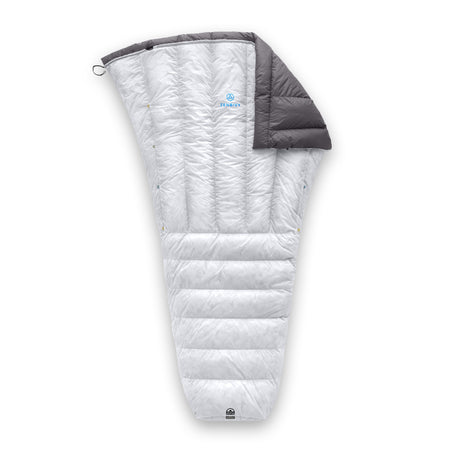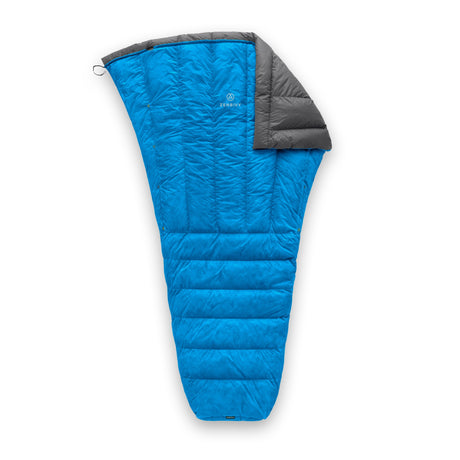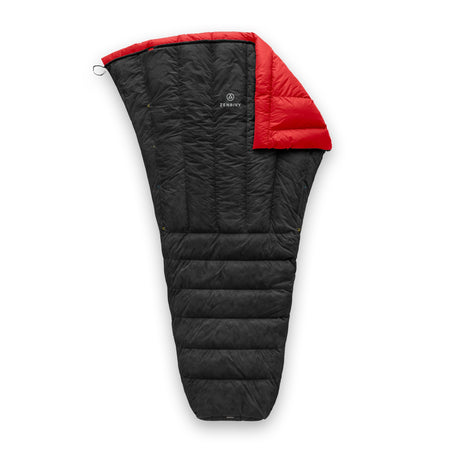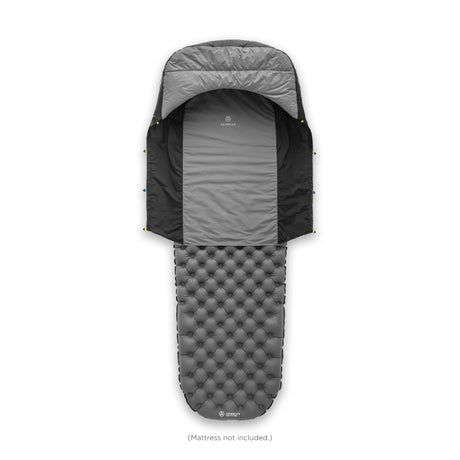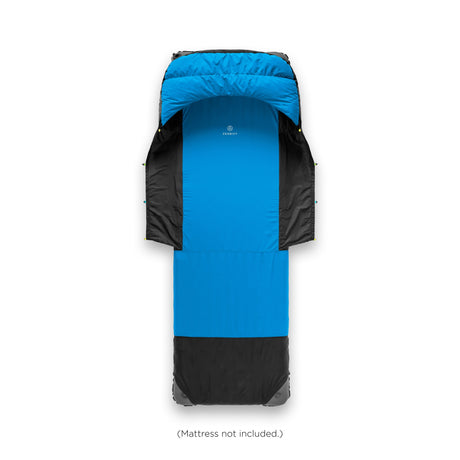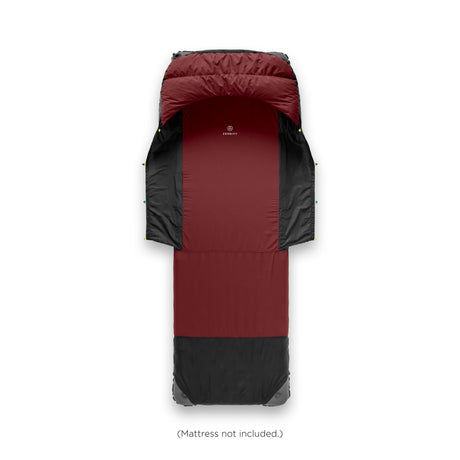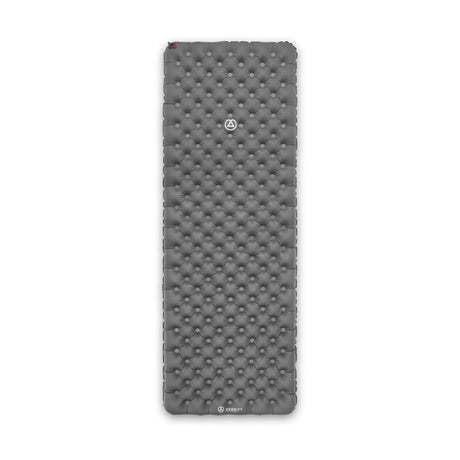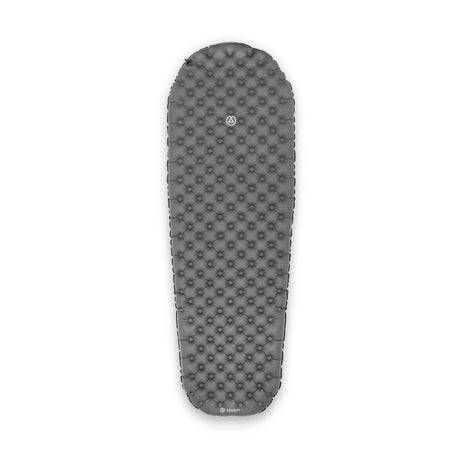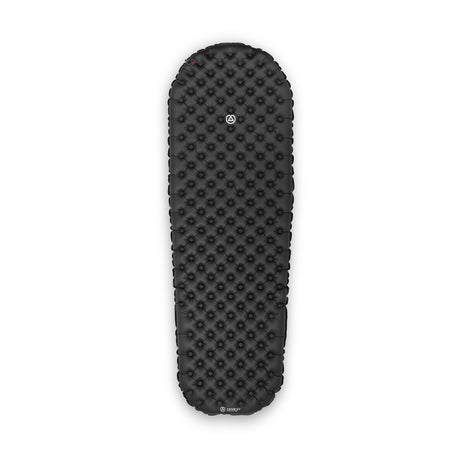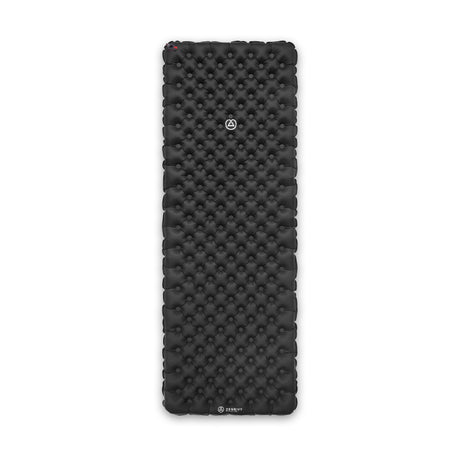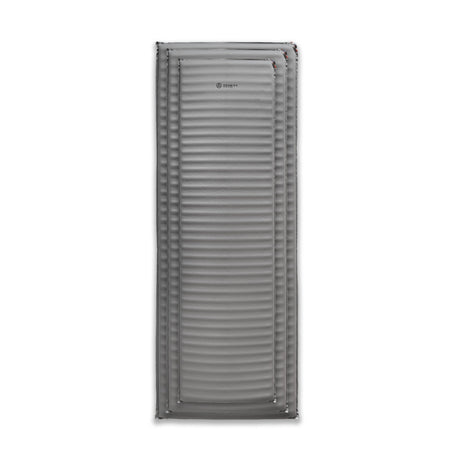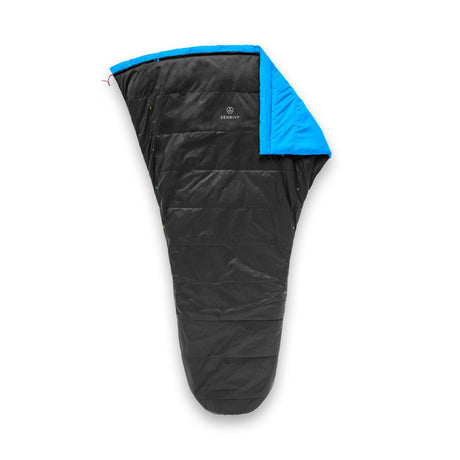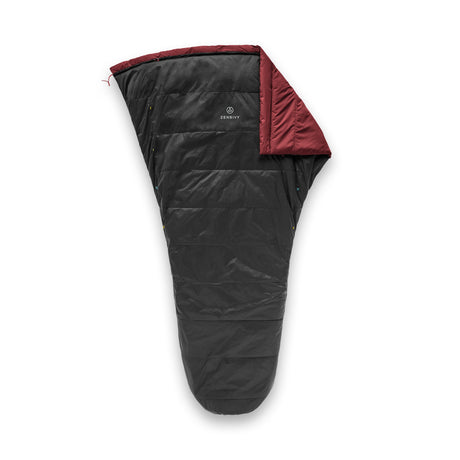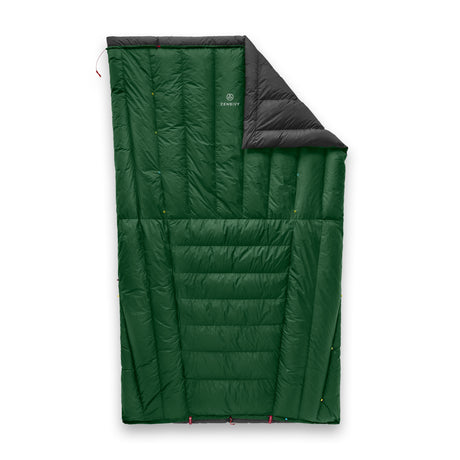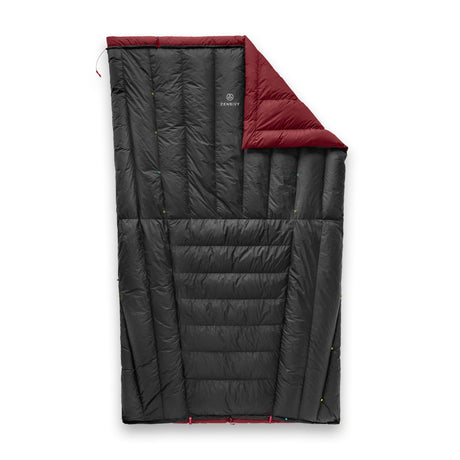Ever wondered how a thru-hiker packs their pack? We asked our ambassadors to show us how they do it!
Journey Man (PCT)
"When packing my bag I usually just shove everything into the bag.
I start with everything I want to keep dry and pack it in a liner. First is the Zenbivy quilt with the sheet. It usually compresses down with everything on top of it. Then goes in Zenbivy pillow, long underwear, extra socks / down booties in a zip lock. On top of that horizontally I put my Nemo air pad so it's up against my back and makes a bit more support for my back. That usually is everything that goes into the bag liner.
On top of that goes the ditty bags. Electronics in my Zenbivy zip pouch, toothbrush, postcards, etc etc. If it's a hot day, my mid-layer goes on top of that. If it isn't going to rain, then rain pants and rain jacket. Then food bag, and finally the tent!
Exterior pockets consist of toilet bag (trowel, TP, bidet), trash zip lock, water filter, water bottle, and most importantly a few snacks. If it is going to rain, cold or windy the rain gear goes on the outside. Hip belt usually has sunglasses case, tripod, pocket knife, sun tan lotion and head lamp.
As the day continues the snacks turn into empty wrappers which begin to accumulate in the hip belt."
- Journey Man
Mantis (PCT)
"My Hyperlite Windrider pack is a fairly minimalist design with one large compartment that has a roll-down Velcro and clip closure. There’s also a y-strap on top. I have two deep hip belt pockets, and two mesh pockets on either side of the pack as well as one larger mesh pocket on the back. I organize my pack with mindfulness towards the weather and ease of access for gear I’ll need throughout the day.
When I prepare for the day, the main compartment is completely empty. I fill my camelback water pouch with the amount I need depending on how far the first water source is from camp, and I put that in my pack first. Next, I stuff my Zenbivy quilt, sheet and pillow into a Hyperlite pod with my sleeping bag liner. This goes at the very bottom of my pack; I like the pod because it’s fairly water resistant and fits snug in the bottom of my pack. I fold up all my camp clothes and put them in a gallon ziplock bag to keep them dry; this goes in next to my Zenbivy zip pouch full of electronics. I then tetris my rolled Zenbivy sleeping pad, my first aid kit, glasses/contacts case, and my cook kit. My food bag goes next. Next, I’ll stuff my puffy down jacket into the cavity. If it looks or feels as though it might rain, I’ll put my rain jacket in an outside pocket; otherwise, I’ll stuff it into the main compartment as well. Once everything is in, I’ll roll down the top and compress everything down the best I can so it’s not bouncing around as I walk.
On the left mesh outside pocket, I place the rolled up tent ground sheet, tent stake bag, trowel, bag of toilet paper, and bug spray. On the right mesh outside pocket goes my Smart water bottle, my tyvek tarp in case we cowboy camp, and my snacks for the morning.
I roll my rain pants into a small log and stuff them at the bottom of the large outside pocket on my pack. I also fit my Katadyn gravity water filter, chip bag (in a large ziplock bag so they don’t get soggy…I’ve made that mistake before), and trash bag in the same pocket. I have a Kula cloth that I snap to one of the exterior loops. One thing I love about the mesh pockets is that I can store wet socks for easy drying when the sun is out! I use the y-strap to keep my fleece on top of my pack so I have easy access.
I keep my phone and wallet in my left hip belt pocket. In my right hip belt pocket, I keep my hand sanitizer, face sunscreen, chapstick, pocket knife, small canister of mace, ibuprofen, and Claritin.
When trail conditions call for snow gear, I use the ice ax loop to fasten the ax to the pack. I keep my microspikes in the outer mesh pouch for easy access, as well as my rain shell mittens. When necessary, I use the y-strap to fasten my bear canister to the top of my pack."
- Mantis
Snackbar (AT)
"I carry a 38 liter frameless pack, so in order to create a comfortable structure within the main compartment I begin by stuffing my quilt into the very bottom of the pack without a compression sack or other stuff sack. This allows the quilt to fill up each corner and fully support the bottom of the bag.
I add my Zenbivy light sheet on top of the quilt and again, stuff and compress each of these down as deep as I can into the pack.
I then add my mattress, folded into roughly a 12x9 rectangle, into the pack vertically as a secondary back panel.
In front of the mattress, horizontally, I place my Zenbivy 7 liter dry sack, containing my warm layers (thermal leggings, alphatec hoodie, wool gloves, extra socks and my down puffy jacket) this fits perfectly across the interior of my pack.
On top the dry sack I add my 2 zip pouches, 1 large and 1 small and inside each of these are various ziplock bags organized with my electronics, charging cables, headlamp, extra batteries, repair kit items, toiletries, wallet, and other small necessities.
On top of that goes my food bag which typically contains 2-4 days worth of food depending on the milage I plan to do until my next resupply and directly behind my food bag and on top of everything else, is my rain layer, for quick access when the weather takes a turn.
That completes the 38 liter internal storage of my pack and I roll down the top and strap my closed cell foam sit pad on the very top of the pack.
In my main exterior stretch pocket I usually organize a full day worth of food into a large zip lock so I won’t need to get into the main compartment of my pack until I reach camp for the evening.
Also in my main external pocket I will have my poop kit in a large zip lock which contains an ultralight trowel, toilet paper and hand sanitizer.
Strapped to the front of my pack just below this main external pocket is my tent, I have this in a 10 liter dry sack, just incase of rain or deep water crossings. As well as immediate access and quick setup when I arrive at camp for the evening.
Each side pocket of my pack contains a water bottle, one with a full size sawyer squeeze filter always attached, and if I’m not using my trekking poles for the section of trail I am on, I will also strap those into the side pockets.
So that pretty much covers my full pack set up. If you’re more the visual type, I have a video with this exact set up shown and executed."
Happy Hiking,
Snackbar


